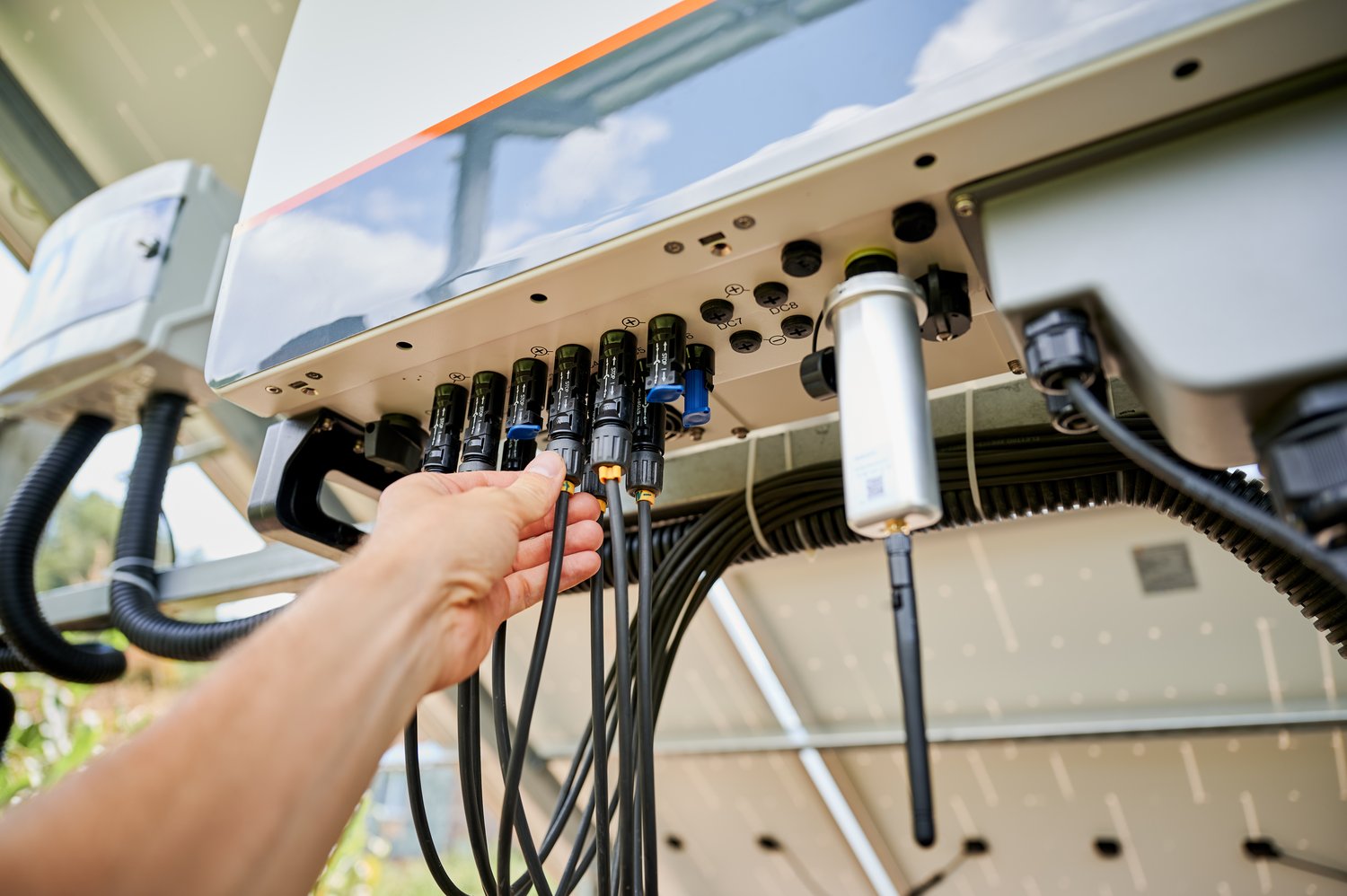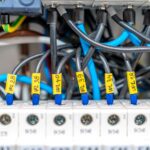Understanding photovoltaic inverters
Photovoltaic inverters are essential components in solar energy systems. These devices convert direct current (DC) from solar panels into alternating current (AC) for use in homes and businesses. There are two main types of inverters: string inverters and microinverters. String inverters connect multiple panels in series, while microinverters are attached to individual panels. The efficiency of modern inverters typically ranges from 95% to 98%. Photovoltaic inverters come in various sizes, from small 1 kW units for residential use to large 100 kW systems for commercial applications. When selecting an inverter, consider factors such as power output, warranty, and compatibility with your solar panels.
Differences between 1 phase and 3 phase inverters
1 phase inverters are commonly used in residential solar installations. These devices are suitable for homes with single-phase electrical systems, which is typical for most households. 1 phase inverters usually have power ratings between 1 kW and 10 kW. They are simpler in design and often more cost-effective for smaller installations. 1 phase inverters are ideal for systems with up to 20 solar panels. On the other hand, 3 phase inverters are used in larger residential, commercial, and industrial applications. These inverters can handle higher power outputs, typically ranging from 10 kW to 100 kW or more. They are more efficient in distributing power across three phases, which is beneficial for buildings with three-phase electrical systems.
Advantages of 3 phase inverters
3 phase inverters offer several benefits for larger solar installations. They can handle higher power outputs, making them suitable for commercial and industrial applications. These inverters provide better power quality and more stable voltage output. 3 phase systems are more efficient in transmitting power over long distances, with losses typically reduced by up to 25% compared to single-phase systems. They also allow for more balanced power distribution, which is crucial for heavy machinery and industrial equipment. Most 3 phase inverters have a power factor of 0.8 to 1, indicating high efficiency in power conversion.
Integrating inverters with energy storage systems
Photovoltaic and energy storage systems are becoming increasingly popular. Modern inverters can be integrated with battery storage, allowing excess solar energy to be stored for later use. Hybrid inverters combine solar inverter and battery charger functions in one unit. These systems typically have round-trip efficiencies of 80% to 90%. Energy storage capacities range from 5 kWh for small residential systems to over 1 MWh for large commercial installations. When choosing an inverter for a system with storage, consider factors such as battery compatibility, charging efficiency, and backup power capabilities.
Maintenance and longevity of inverters
Proper maintenance is crucial for the longevity of photovoltaic inverters. Most inverters have a lifespan of 10 to 15 years, but with proper care, they can last longer. Regular checks should be performed every 6 to 12 months. Key maintenance tasks include cleaning air vents, checking for loose connections, and updating firmware. Modern inverters often have remote monitoring capabilities, allowing for real-time performance tracking. The warranty period for inverters typically ranges from 5 to 12 years, with some manufacturers offering extended warranties. It’s important to keep the area around the inverter clean and well-ventilated, as excessive heat can reduce efficiency and lifespan.





